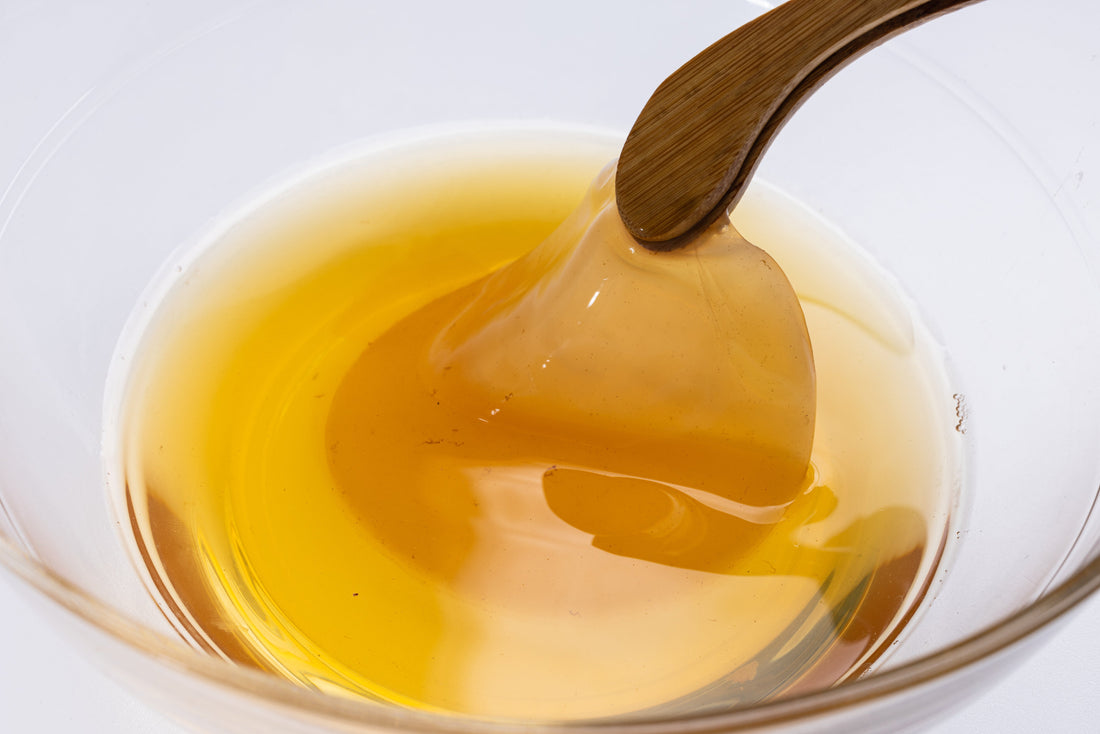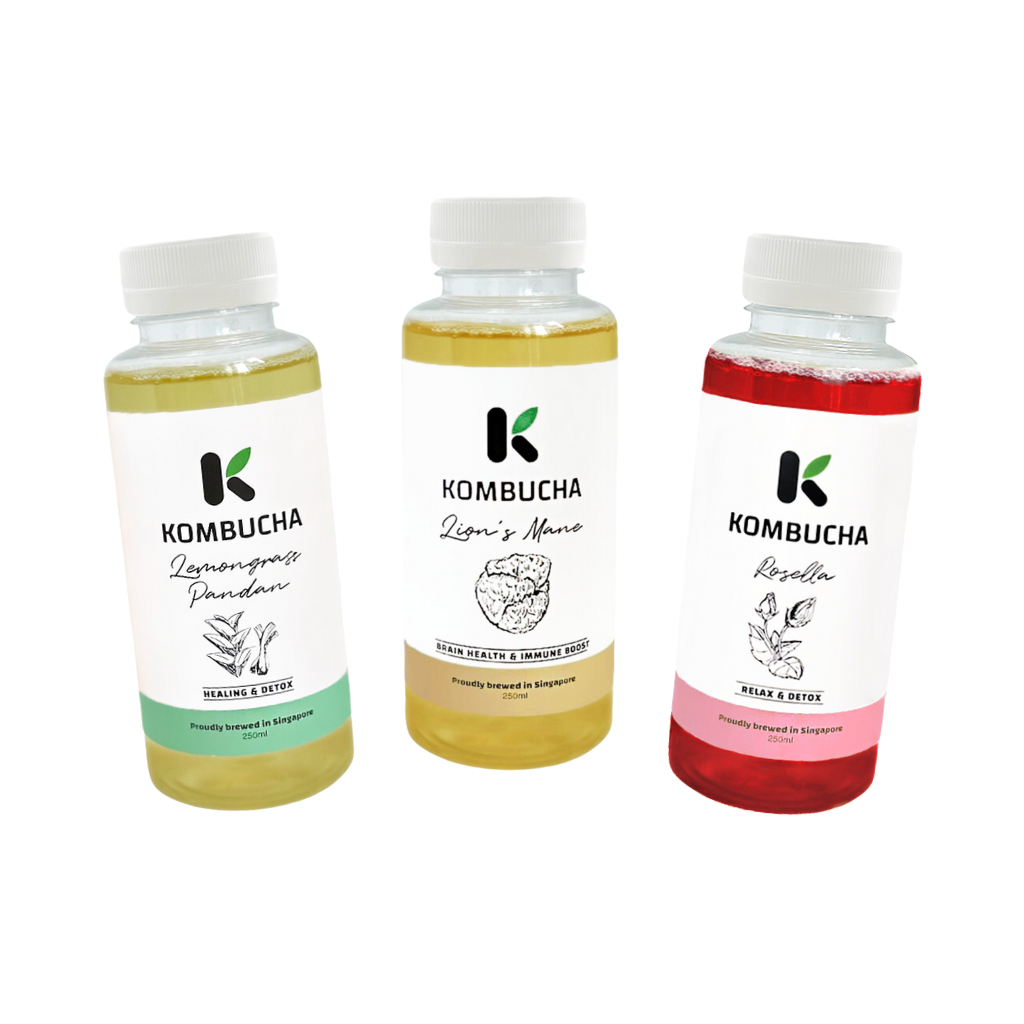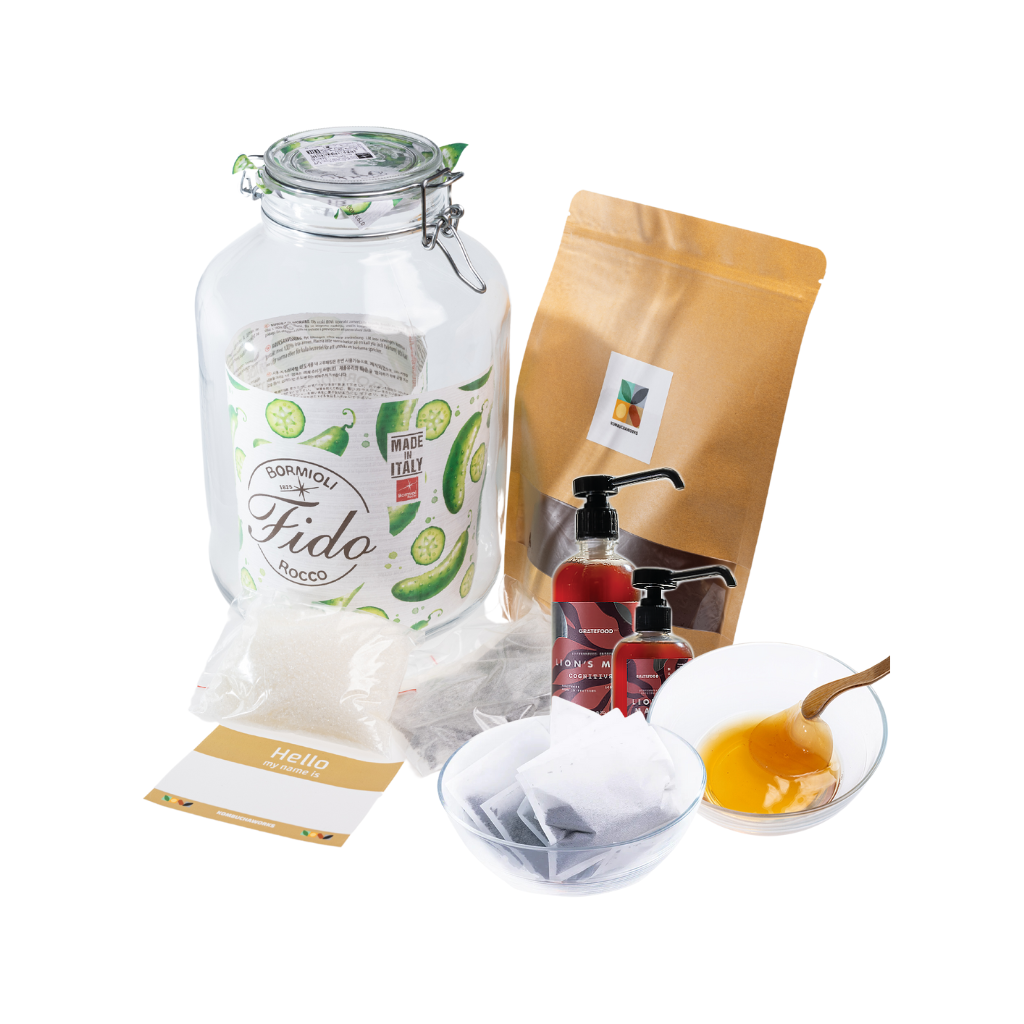Kombucha, a popular fermented beverage known for its tangy flavor and potential health benefits, owes its existence to a remarkable living organism called the SCOBY (Symbiotic Culture Of Bacteria and Yeast). As kombucha enthusiasts embark on their homebrewing journeys, a common question arises: Is it advisable to wash the SCOBY? In this article, we explore the intricacies of this practice and shed light on the do's and don'ts of maintaining a healthy SCOBY for optimal kombucha fermentation.
The Living Essence of Kombucha: The SCOBY (and its LIVE starter tea culture) is the heart and soul of the kombucha brewing process. Comprising a harmonious community of bacteria and yeast, this gelatinous disk plays a pivotal role in transforming sweet tea into the effervescent elixir that is kombucha. The microorganisms within the SCOBY create an environment that not only ferments the tea but also protects it from harmful bacteria and molds.

To Wash or Not to Wash: The question of whether to wash the SCOBY often arises as brewers navigate the nuances of fermentation. The consensus among seasoned kombucha makers is clear: washing the SCOBY is generally not recommended. Why? The delicate balance of bacteria and yeast on the SCOBY is easily disrupted when introduced to water (filtered water, spring water or normal tap water). This disruption can compromise the health of the SCOBY and hinder its ability to ferment tea effectively, sometimes causing the next brew's success rate.
The Consequences of Washing: A Customer's Tale: Unfortunately, some enthusiastic brewers have learned the hard way that washing the SCOBY can have serious consequences for their kombucha batches. Reports from our customers indicate that their brews turned moldy after following advice from internet sources suggesting the washing of the SCOBY. Mold is a clear indication of contamination and can be devastating for a batch of kombucha.
Maintaining a Healthy SCOBY: A thriving SCOBY is essential for successful kombucha brewing. Instead of washing the SCOBY, consider these best practices to ensure its well-being:
- Hands-Off Approach: Once a healthy SCOBY is in place, resist the temptation to interfere. The microorganisms on the SCOBY work in harmony to create a protective environment, preventing the growth of harmful agents.
- Sanitation Matters: While the SCOBY itself doesn't require washing, it's crucial to maintain a clean brewing environment. Use sanitised equipment and clean brewing vessels to avoid contamination during the fermentation process.
- SCOBY Management: If you notice signs of mold or other issues on the SCOBY, it's advisable to discard it and start fresh with a new one. Mold is a clear indication of contamination and can jeopardize the entire batch of kombucha.
- Vessel Cleaning: If you need to clean your brewing vessel between batches, do so without washing the SCOBY. Gently lift the SCOBY out of the brewing vessel, clean the vessel with a mixture of vinegar and water, and then return the SCOBY to continue its fermentation magic.
In the world of kombucha brewing, the SCOBY stands as a living testament to the symbiotic relationship between bacteria and yeast. While the urge to wash the SCOBY may be tempting, the unfortunate experiences of some brewers serve as a cautionary tale. By maintaining a clean brewing environment and practicing careful SCOBY management, you can ensure a continuous flow of delicious and healthful kombucha. So, let your SCOBY thrive, and may your kombucha brewing adventures be filled with effervescence and flavour!
Click HERE for the recipe to start your brewing journey now!





